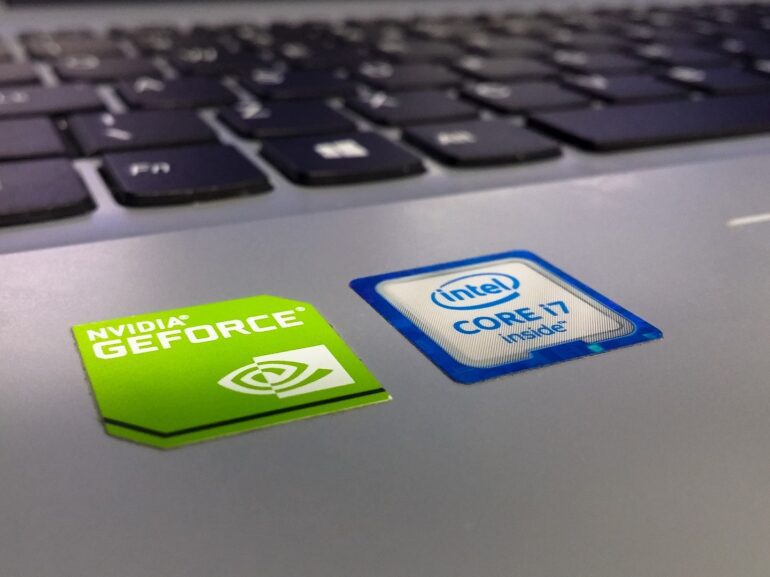TL;DR:
- Nvidia emerges as the leader in a significant benchmarking test for large language models (LLMs), with Intel closely trailing.
- MLCommons, a collaborative non-profit organization, conducts the benchmarking, offering valuable tools for companies in AI application deployment and system development.
- Nvidia’s ascent is propelled by advanced semiconductors, with the company launching TensorRT-LLM, an open-source software suite for LLM optimization.
- GlobalData forecasts the global AI market to reach $241 billion by 2025, positioning Nvidia for growth.
- Nvidia’s strategic focus on expanding AI technology offerings, exemplified by collaborations with Google Cloud, strengthens its competitive position.
Main AI News:
Nvidia has asserted its dominance in the realm of artificial intelligence (AI) chips by clinching the top spot in a recent benchmarking test tailored for large language models (LLMs). Notably, an Intel semiconductor closely trailed Nvidia’s impressive performance, showcasing the ongoing rivalry in the semiconductor industry.
This benchmarking feat was achieved through the MLPerf Inference benchmarking suite, a rigorous evaluation of how swiftly systems can execute LLM tasks in diverse scenarios. MLCommons, the organization behind this critical evaluation, is a collaborative non-profit entity dedicated to fostering the growth of the AI ecosystem. Its mission revolves around crafting benchmarks, curating public datasets, and conducting cutting-edge research. MLCommons draws its strength from a diverse membership base, encompassing startups, corporate giants, esteemed academics, and benevolent non-profits.
For prospective companies seeking to harness the potential of machine learning applications, configure optimal solutions, and drive next-generation systems and technologies, MLCommons’ benchmarking tools are poised to be invaluable resources. They empower decision-makers to make informed choices, streamline AI deployments, and pave the way for innovative advancements.
Nvidia, a prominent player in the semiconductor arena, has been on an upward trajectory, primarily owing to its pivotal role in powering AI developments. A recent milestone in this journey is the launch of TensorRT-LLM, an open-source software suite unveiled on September 8th. Designed for LLM optimization, this groundbreaking suite leverages the computational might of Nvidia’s graphics processing units (GPUs) to significantly enhance AI inference performance post-deployment. AI inference stands as a pivotal process for LLMs, as it equips them to swiftly process fresh data, generate code, and respond to queries.
The timing of Nvidia’s software suite release aligns with a promising outlook for the global AI market, projected to surge to a staggering $241 billion by 2025, as per insights from research analyst GlobalData. Riding this wave of optimism, Nvidia is forging ahead with a strategic vision aimed at global competitiveness within the AI sector.
A key facet of Nvidia’s corporate strategy revolves around expanding its AI technology and platform offerings. This ambitious pursuit positions the company to make substantial inroads in the competitive landscape of the AI market, as highlighted by GlobalData. A significant milestone in this journey unfolded in March 2023 when Nvidia joined forces with Google Cloud to introduce a new generative AI platform. This platform, poised to integrate seamlessly with Google Cloud Vertex AI, promises to expedite the endeavors of companies venturing into a rapidly expanding array of generative AI applications, according to GlobalData.
Conclusion:
Nvidia’s consistent leadership in AI chip performance reaffirms its position as a key player in the semiconductor industry. This, coupled with the positive outlook for the global AI market, underscores the company’s strategic vision to further expand its influence and offerings in the AI sector, potentially leading to significant market gains.

